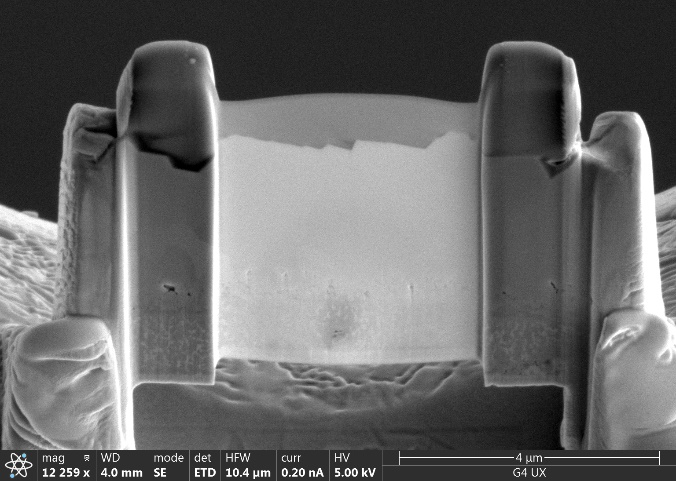Introduction
FIB (Focused Ion Beam) TEM (Transmission Electron Microscopy) Sample Preparation is a
cutting-edge technique that allows for the preparation of extremely thin samples for high-resolution
imaging and analysis with TEM. This technique uses a focused beam of ions to selectively remove material
from a sample, allowing for precise and controlled preparation of samples for TEM imaging.
With FIB TEM Sample Preparation, researchers can gain unparalleled insights into the
internal structure and composition of materials, including semiconductors, metals, ceramics, and
biological specimens. This technique is particularly useful for analyzing complex and delicate samples,
such as integrated circuits, nanomaterials, and biological tissues.
Our FIB TEM Sample Preparation service offers a complete solution for preparing samples for
TEM analysis. Our experienced technicians use state-of-the-art equipment and techniques to produce
high-quality, ultra-thin samples that are ideal for TEM imaging. We offer a range of sample preparation
options, including cross-sectioning, site-specific milling, and TEM lamella preparation.








